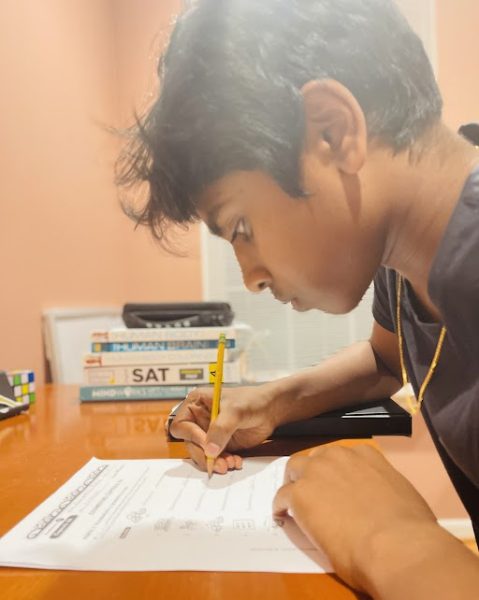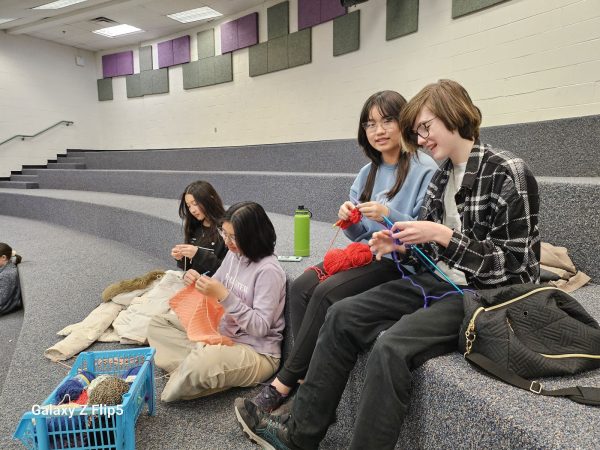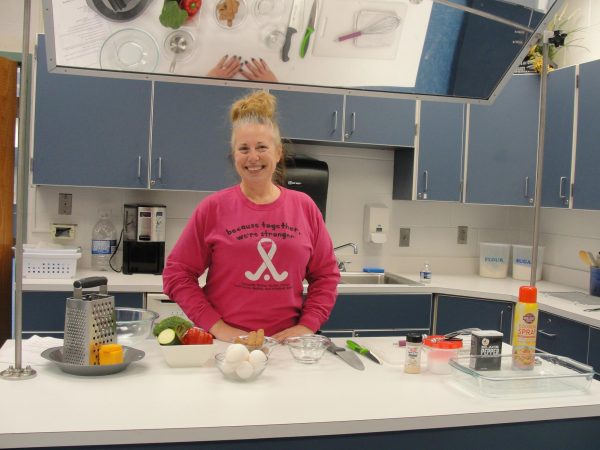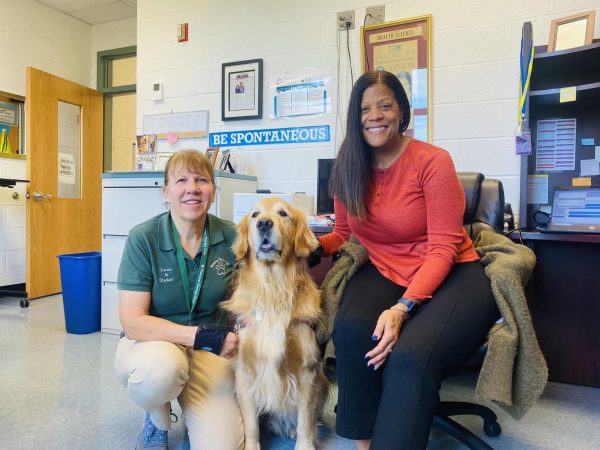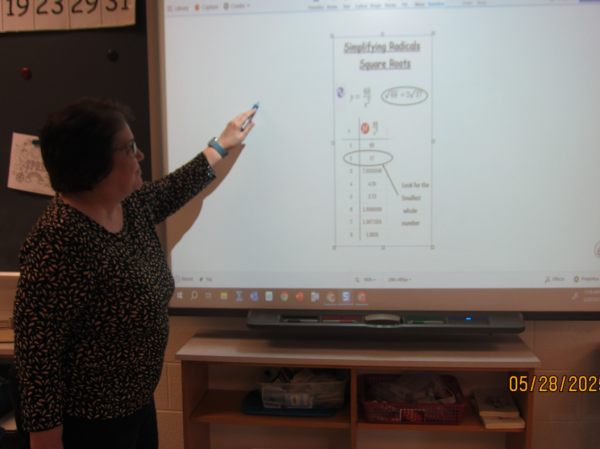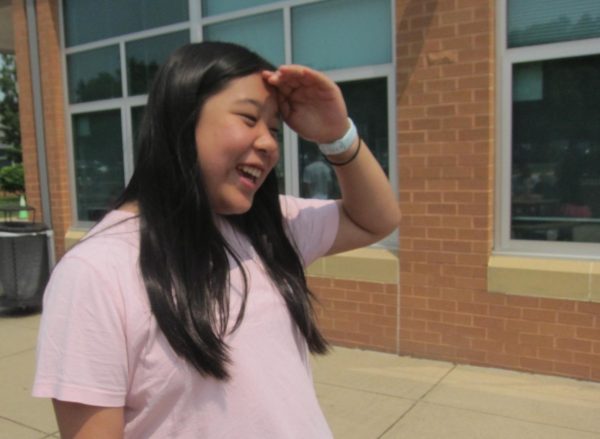Life with autism
Mrs. Michelle Swarts and Mrs. Jenna Miller are Special Education teachers at Carson, with years of experience between them.
The mind is active, comprehending every detail in this world filled with vibrant sounds and color; thoughts form and ideas blossom, but none are able to escape through the mouth. This is the situation faced by some of the 1.85% of children in the U.S.A. today with autism.
During the month of April, or Autism Awareness Month, the inclusion of autistic individuals is promoted, and their differences are celebrated.
Autism Spectrum Disorder (ASD) is a syndrome with which signs often appear at the age of 2 or 3, though it can be diagnosed as early as 18 months. Autism has a range of characteristics, meaning each person is affected differently. Common attributes include:
- Sensory challenges
- Off perception
- Delayed comprehension of language
- Deep interest in objects
- Repeated actions or body movements
However, there is a spectrum to autism. No two individuals have the same experience.
“It means experiencing life in both an extremely positive and negative way,” Saffron, a member of the Ambitious About Autism Youth Council, posted on a blog online. “It is living in a constant chaos that is both exciting and overwhelming.”
The Ambitious About Autism Youth Council is a group of 15 autistic young people who meet yearly to discuss the issues most important to them. Among these issues are learning difficulties that autistic students encounter.
“I’ve worked with a lot of amazing students,” said Mrs. Michelle Swarts, a Special Education teacher at Rachel Carson. “They are very smart. It’s a different kind of smart than you and I, but very smart.”
While some autistic students thrive in mainstream classes, others require special education. Mrs. Swartz said for some of the most deeply affected students, the most effective way to learn would be repetition and visuals, paired with explicit instruction.
“You need to have the understanding that if they can’t give you all the information back, they are getting all the information,” she said.
And patience pays off.
“I’ve seen some kids walk by my kids 50 times, and say hi every time,” Mrs. Swartz said. “And at some point, one of my kids will say hi back.”
Students with autism want to be treated like anyone else, and they have much to offer friends both with and without autism.
Seventh-grader Rijuta Purankar of the Dream Team, a friend of an autistic student, said that she, as well as many other students, understand the circumstances that autistic students have to overcome.
“You just have to talk to them, make them happy, make them laugh,” she said.
During Autism Awareness Month, both students and teachers are emphasizing the acceptance of autistic individuals in their daily lives.
“In my experiences, I have found that they are kind, creative, and intelligent,” said Mrs. Swarts. “We just need to think how we can bring them into the community,” Mrs. Swarts said. “We’re all here on this Earth together, and everyone brings gifts to the table.”

